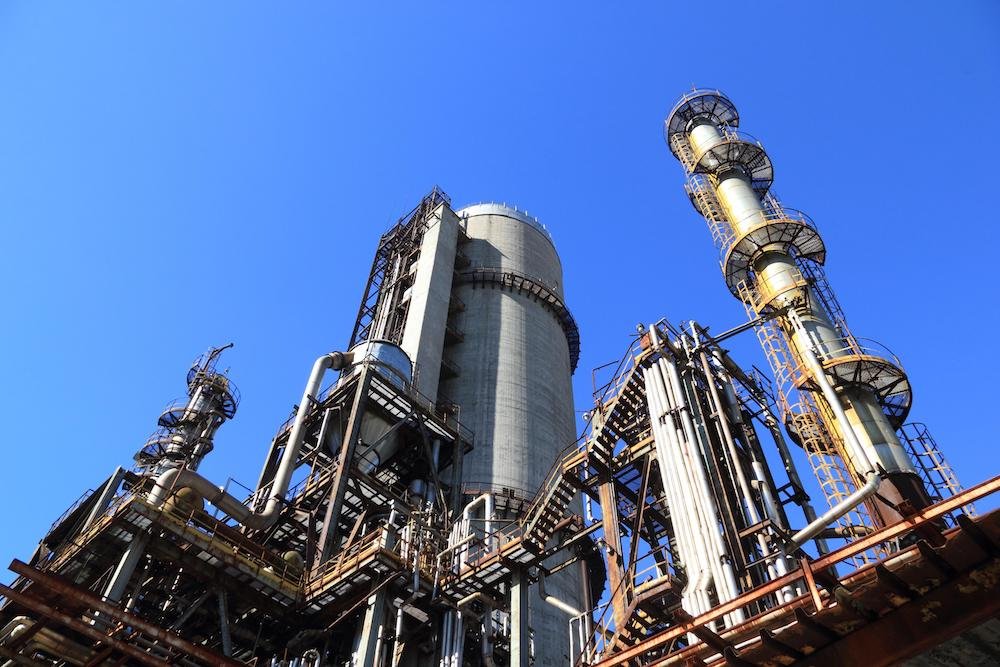Global oil prices defied expectations by rising, even after the Organisation of the Petroleum Exporting Countries and its allies (OPEC+) announced a decision to increase production by an additional 411,000 barrels per day in July, marking the third consecutive monthly hike.
Brent crude rose to $65.20 per barrel as of June 2, 2025, up from $62.78 per barrel, while West Texas Intermediate (WTI) reached $63.14 per barrel, up from $60.79 per barrel.
This unexpected uptick in oil prices can be attributed to the production increase being smaller than anticipated. Many investors had projected that the alliance would raise production by more than it did.
Additionally, traders shifted their focus from supply dynamics to geopolitical tensions, particularly the escalating standoff between Russia and Ukraine, which played a major role in the price rise. The recent surge in tensions has injected fresh uncertainty into the market.
Ukraine’s large-scale drone attacks on Russian airfields, occurring just ahead of planned peace talks, have raised concerns over potential supply disruptions.
Meanwhile, in the U.S., senators are pushing for harsher sanctions on Russia, including a proposed 500% tariff on imports from nations that buy oil from Russia—a move that could further strain global energy flows.
Historically, geopolitical shocks have triggered short-term spikes in oil prices, as uncertainty over supply disruptions fuels market speculation. However, lingering concerns about weakening global demand have tempered the rally, keeping a lid on prices.
Despite OPEC+’s decision to gradually ramp up production to avoid flooding the market while still exerting control over prices, the recent price movement clearly indicates that other factors, such as geopolitical risks, play an increasingly influential role in shaping market sentiment. OPEC+ is expected to meet on July 6 to decide on its August production levels.


